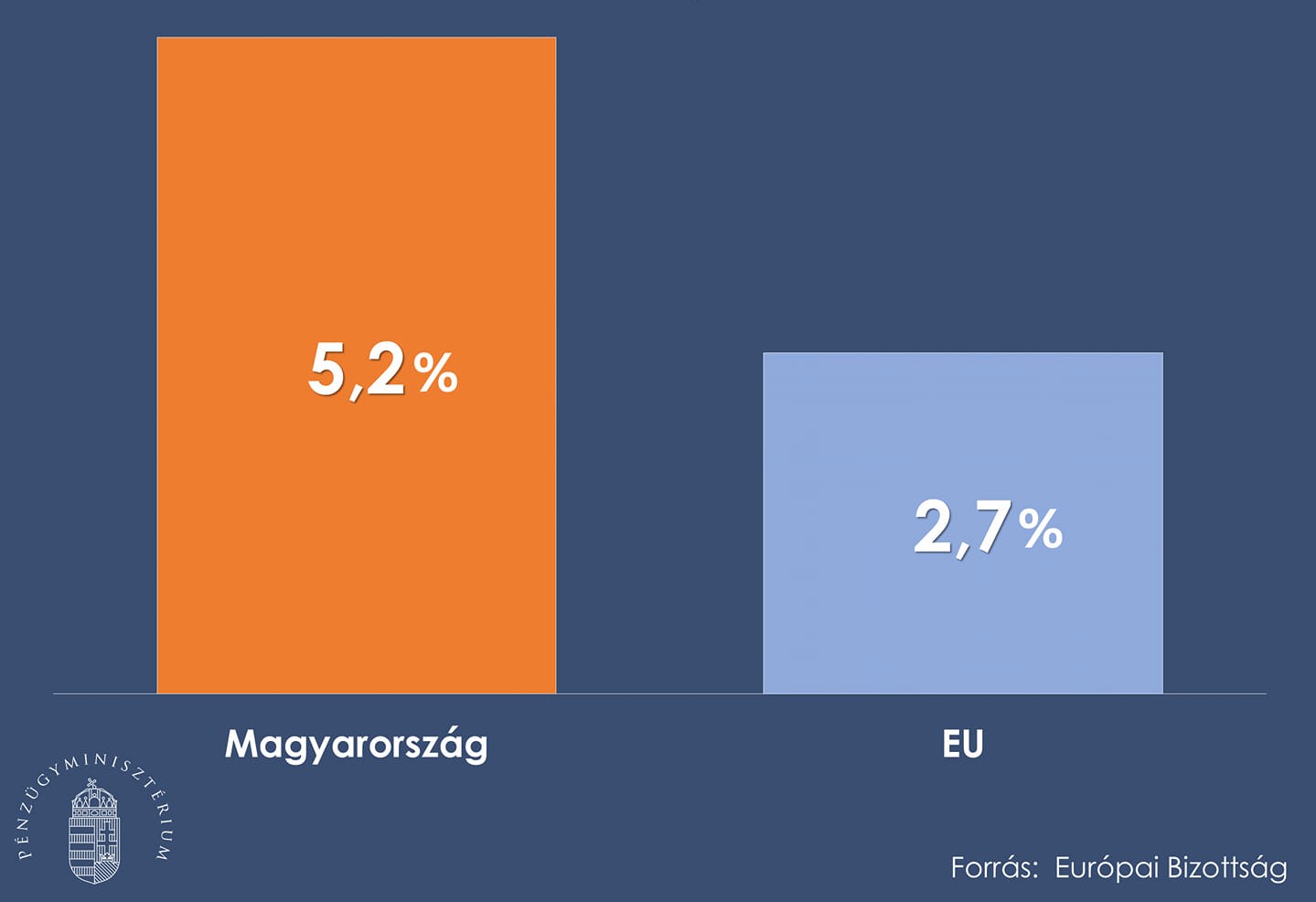
The Prime Minister said that amid a war situation, Hungary was in a defensive position, and now was not the time to push forward with investments, or even wages.Continue reading

Amid all the doom and gloom of the pandemic- and war-strikken EU economy, there is a glimmer of hope in the EC’s latest economic forecast. Growth is forecast in all EU member-states, albeit only marginal in some cases.
When one is looking at the EC graphs a red belt of inflation appears in countries surrounding Ukraine, plus Czechia, further to the West. However, these are also some of the countries where the largest growth is forecast for this year, with Poland and Hungary leading the list with 5.2 percent.
The Commission was forced to revise up its forecast based on the Hungarian economy’s current performance from percent, which is a vote of confidence for the government’s emergency economic policies. However, Hungarian finance minister Mihály Varga warns that “misguided sanctions” against Russia are expected to push Europe’s economy into recession soon.
The Hungarian economy must survive in a deteriorating environment, stability must be maintained, jobs must be protected and the country’s energy supply must be secured”,
he added on his social media post. He concluded by saying that the government is “working to ensure that the budget fully provides the necessary resources to achieve this, while reducing public debt and the deficit”.
In line with the European economic performance inflation is still sky-high in Hungary, reaching 11.8 percent, which is a sign of the effect that the war in Ukraine has brough to its neighboring countries. Economies of Central and Eastern Europe are suffering from their exposure to the conflict, inflation in Czechia, according to the EC, is expected to reach 13.9 percent, Poland is forecast to 12.2, while the Baltic states are experiencing as high as 17 percent.